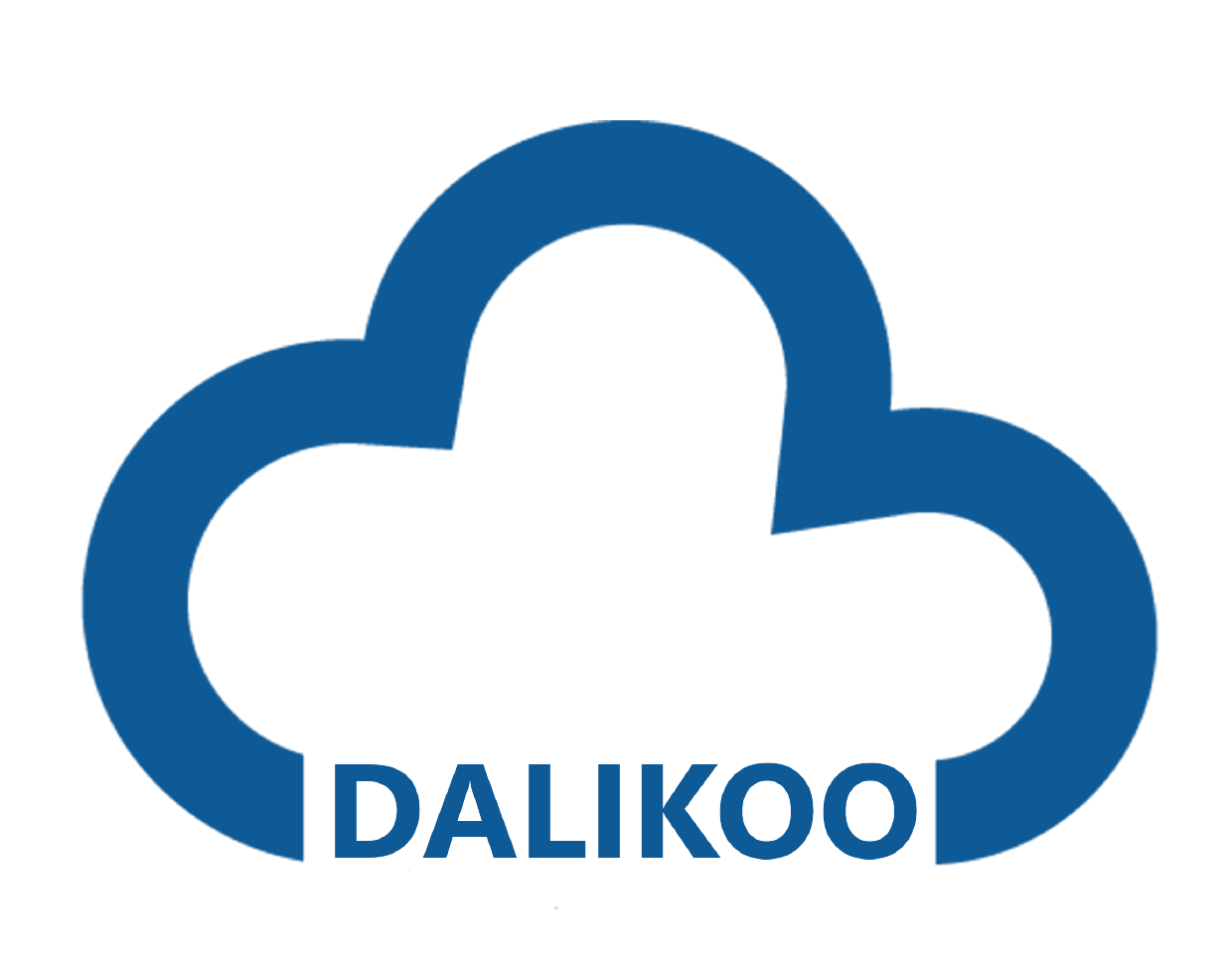AI-powered Intranets and social portals are innovative solutions that leverage artificial intelligence (AI) to enhance collaboration, communication, and productivity within organizations. Let’s dive into each of these concepts:
- AI-powered Intranets:
- Intranets are private networks within an organization that facilitate communication, document sharing, and collaboration among employees. They serve as a centralized hub for accessing company information, policies, announcements, and resources.
- AI-enhanced Intranets leverage machine learning algorithms and natural language processing (NLP) to provide personalized experiences for users. Here’s how they work:
- Content Recommendations: AI analyzes user behavior, preferences, and historical interactions to recommend relevant content. For example, it might suggest relevant documents, news articles, or training materials based on an employee’s role or interests.
- Search Optimization: AI-powered search engines improve the accuracy and relevance of search results within the Intranet. They understand context, synonyms, and user intent, making it easier for employees to find information.
- Chatbots and Virtual Assistants: Intranets can integrate chatbots or virtual assistants that answer employee queries, automate repetitive tasks, and guide users to relevant resources.
- Automated Workflows: AI streamlines processes by automating approvals, notifications, and document routing. For instance, it can automatically route expense reports for approval based on predefined rules.
- Sentiment Analysis: AI can analyze employee sentiment by monitoring communication patterns, feedback, and interactions. This helps organizations identify areas for improvement and address employee concerns.
- Overall, AI-powered Intranets enhance employee engagement, knowledge sharing, and productivity by tailoring content and services to individual needs.

- Social Portals:
- Social portals are platforms that combine social networking features with business functionality. They create a collaborative environment where employees can connect, share ideas, and collaborate on projects.
- Key Features:
- Profiles and Networks: Employees create profiles, connect with colleagues, and join relevant groups or communities. Social portals foster networking and knowledge exchange.
- Activity Streams: Similar to social media feeds, activity streams display updates, announcements, and shared content. Users can comment, like, and engage with posts.
- Collaboration Spaces: These are virtual workspaces where teams collaborate on projects, share files, and communicate. Features may include document version control, task management, and real-time editing.
- Expertise Location: AI algorithms identify subject matter experts within the organization based on their contributions, skills, and interactions. This helps employees find the right people to collaborate with.
- Gamification: Some social portals incorporate gamified elements (badges, points, challenges) to encourage participation and knowledge sharing.
- AI Integration:
- AI enhances social portals by:
- Personalization: Recommending relevant content, connections, and groups based on user interests.
- Sentiment Analysis: Identifying trends, sentiments, and potential issues within discussions.
- Content Moderation: Automatically flagging inappropriate or spammy content.
- Predictive Analytics: Anticipating user needs and suggesting actions (e.g., “You might be interested in this group”).
- AI enhances social portals by:
- Social portals foster collaboration, break down silos, and promote a sense of community within organizations.
